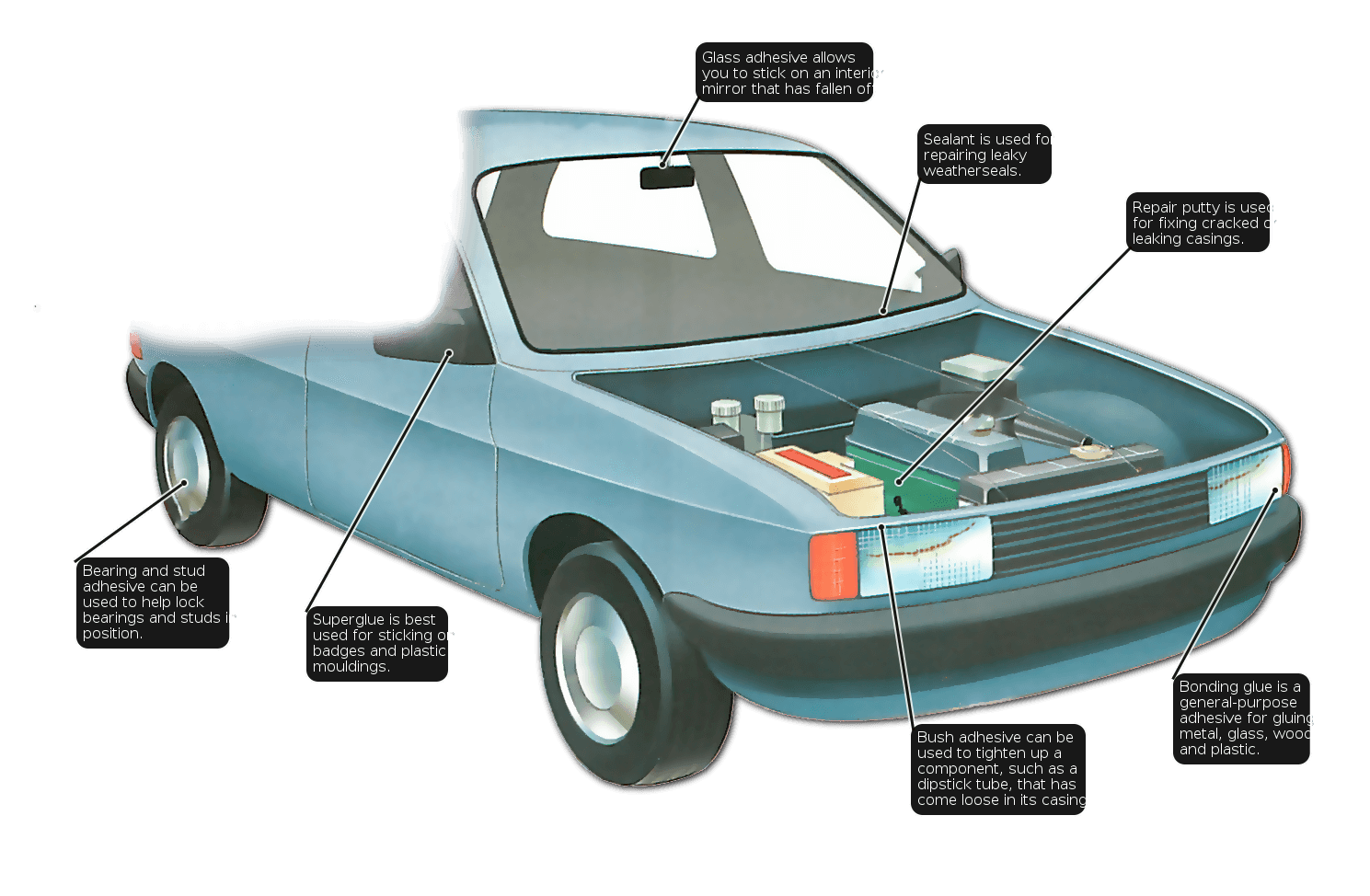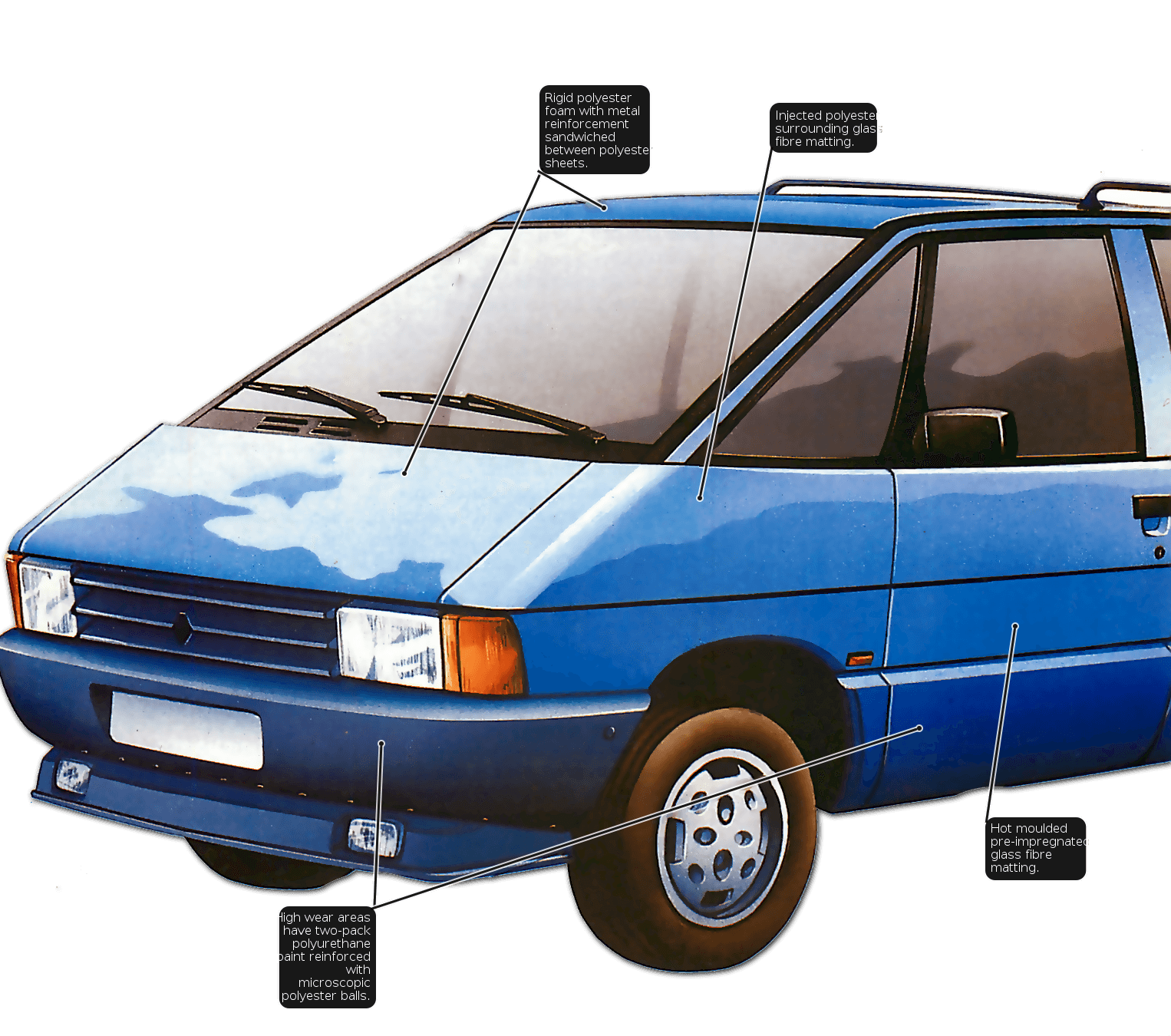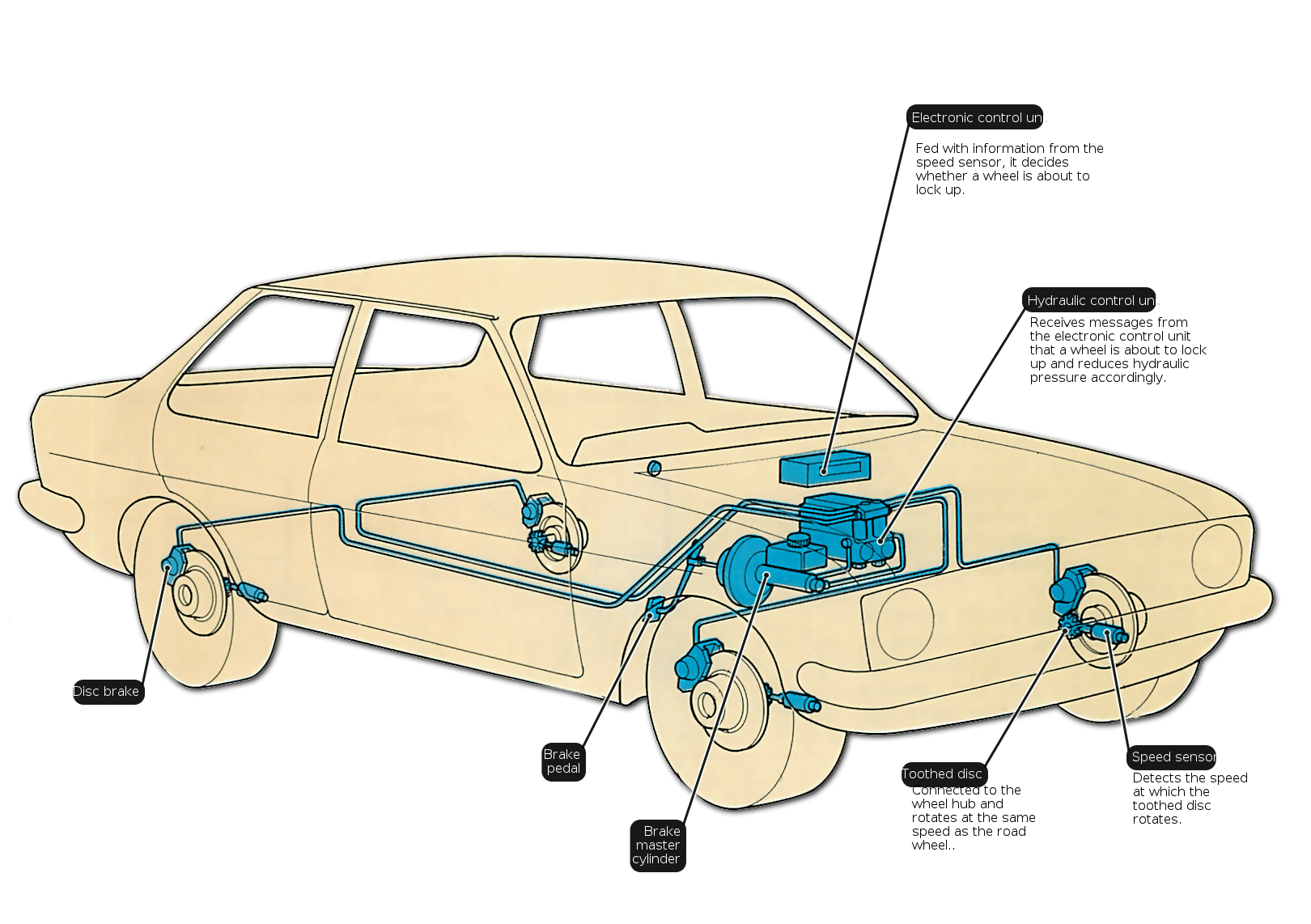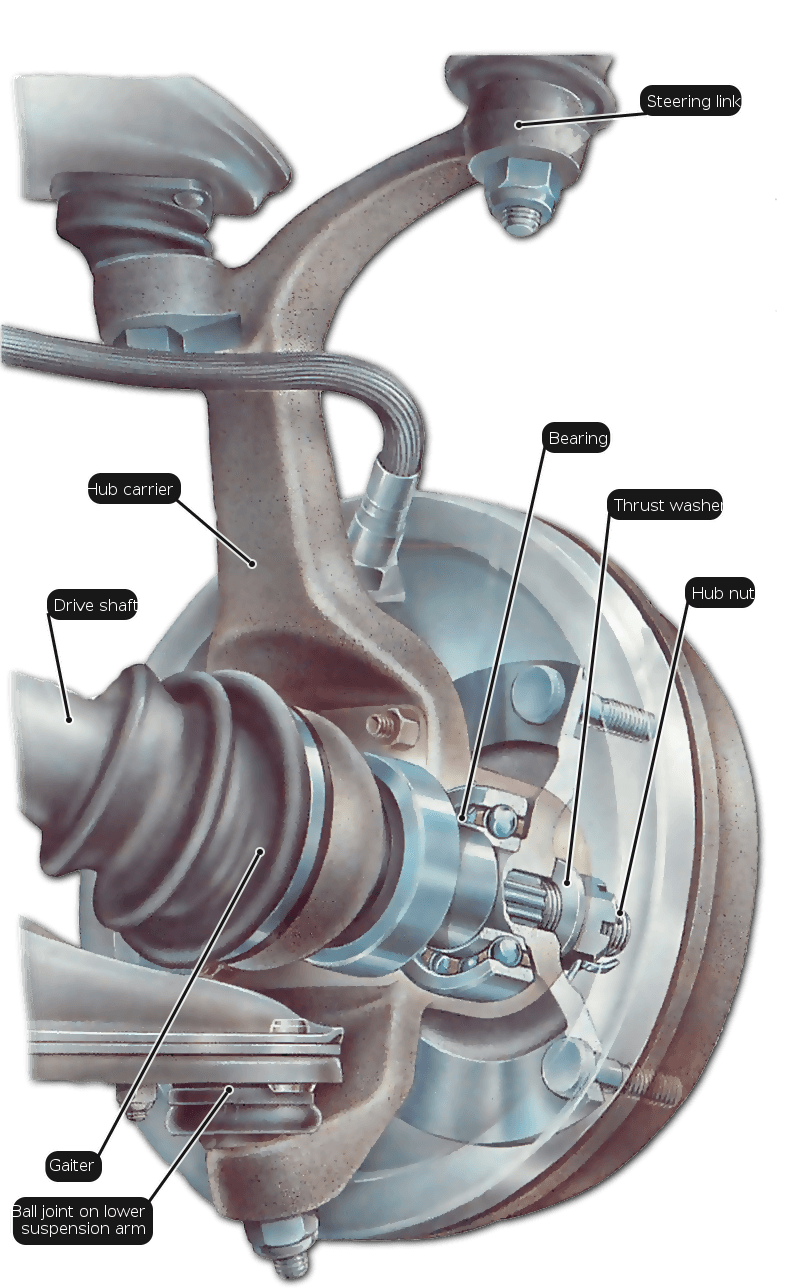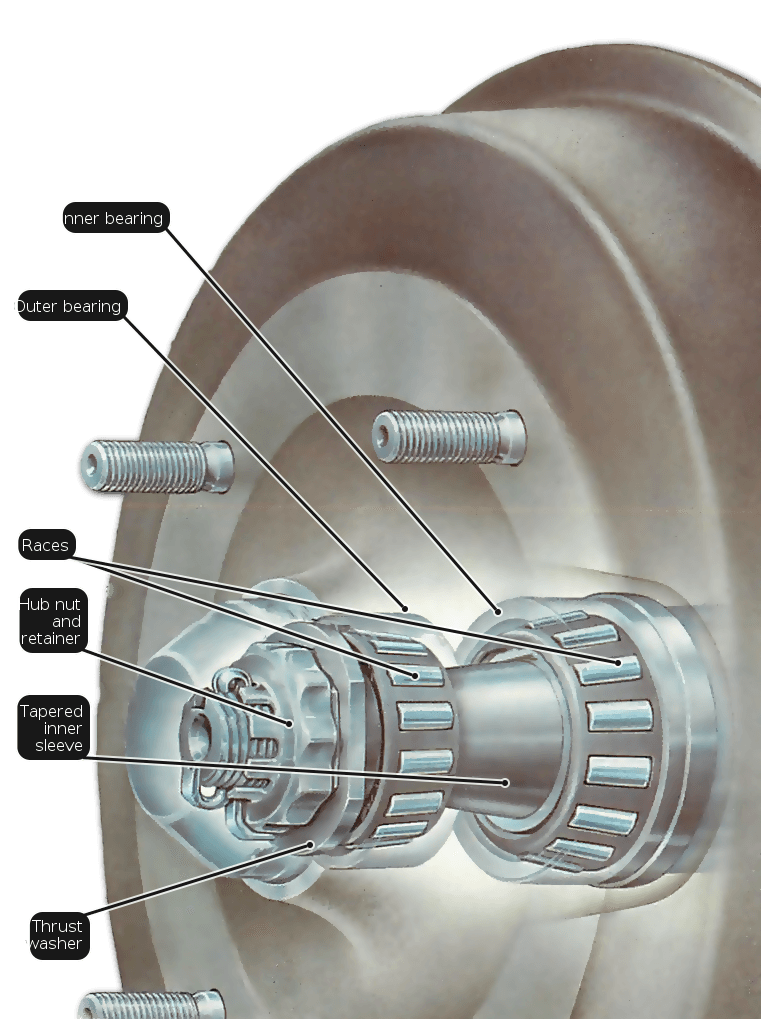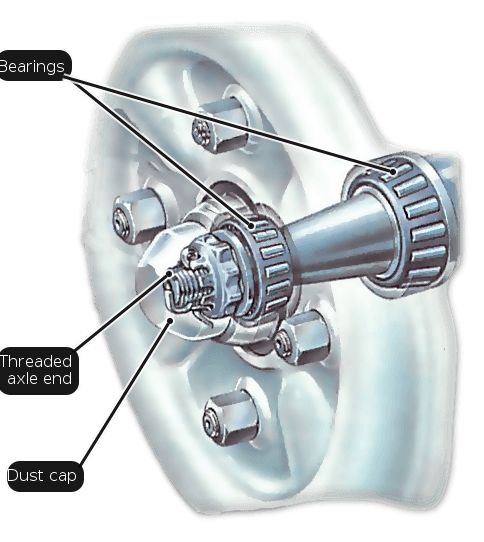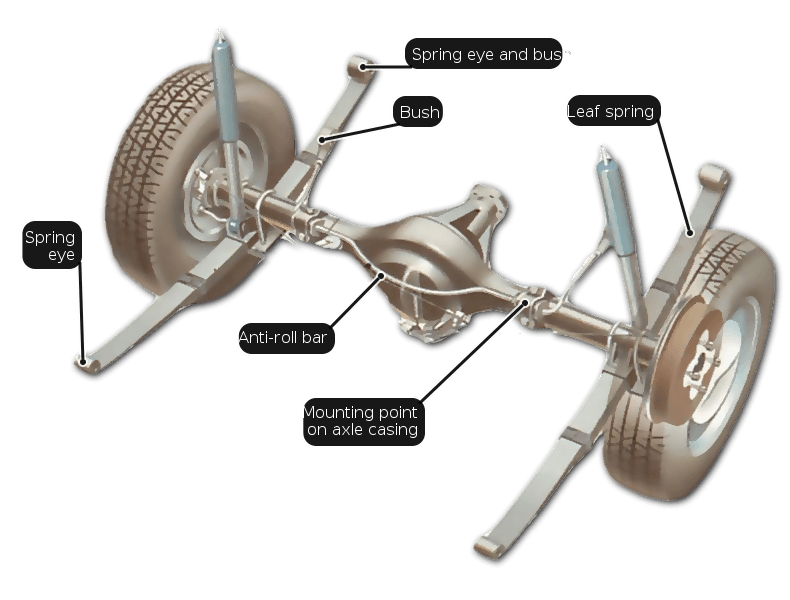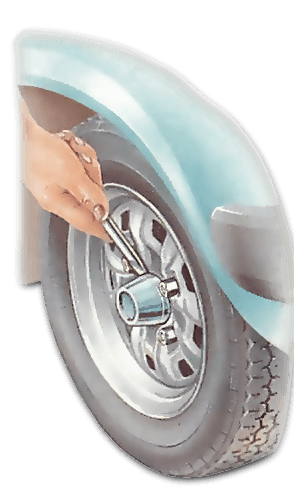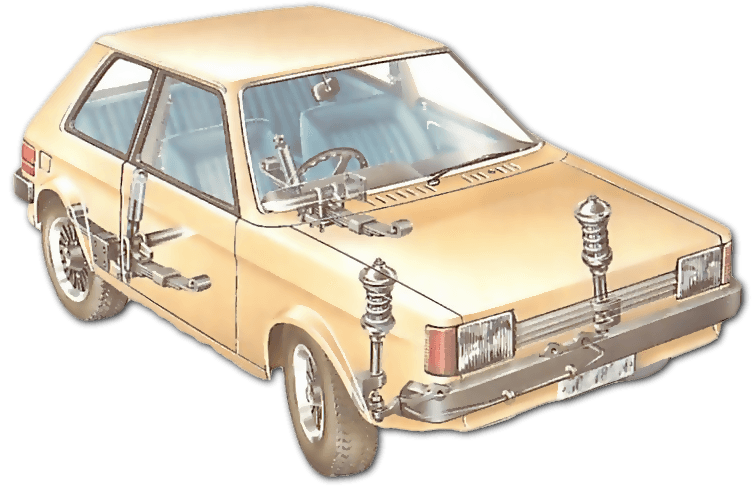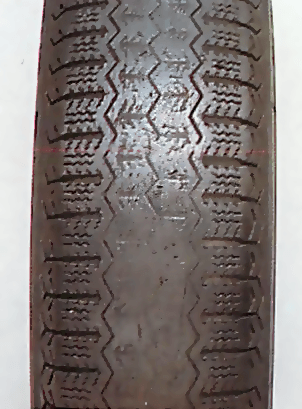Vehicle adhesives and sealants
A vast range of sealants and adhesives are available for repairing many different components in your car. Plastics, wood, rubber, glass and metals can all be repaired using adhesives. Sealants can be used to waterproof weatherseals around windows, while cracks in metal casings can be sealed with a special putty adhesive. You do not always need to replace a component that is worn, damaged or broken. There is an increasingly wide range of sealants and adhesives in car accessory shops that allow you to make satisfactory repairs, thus saving the…
Read More